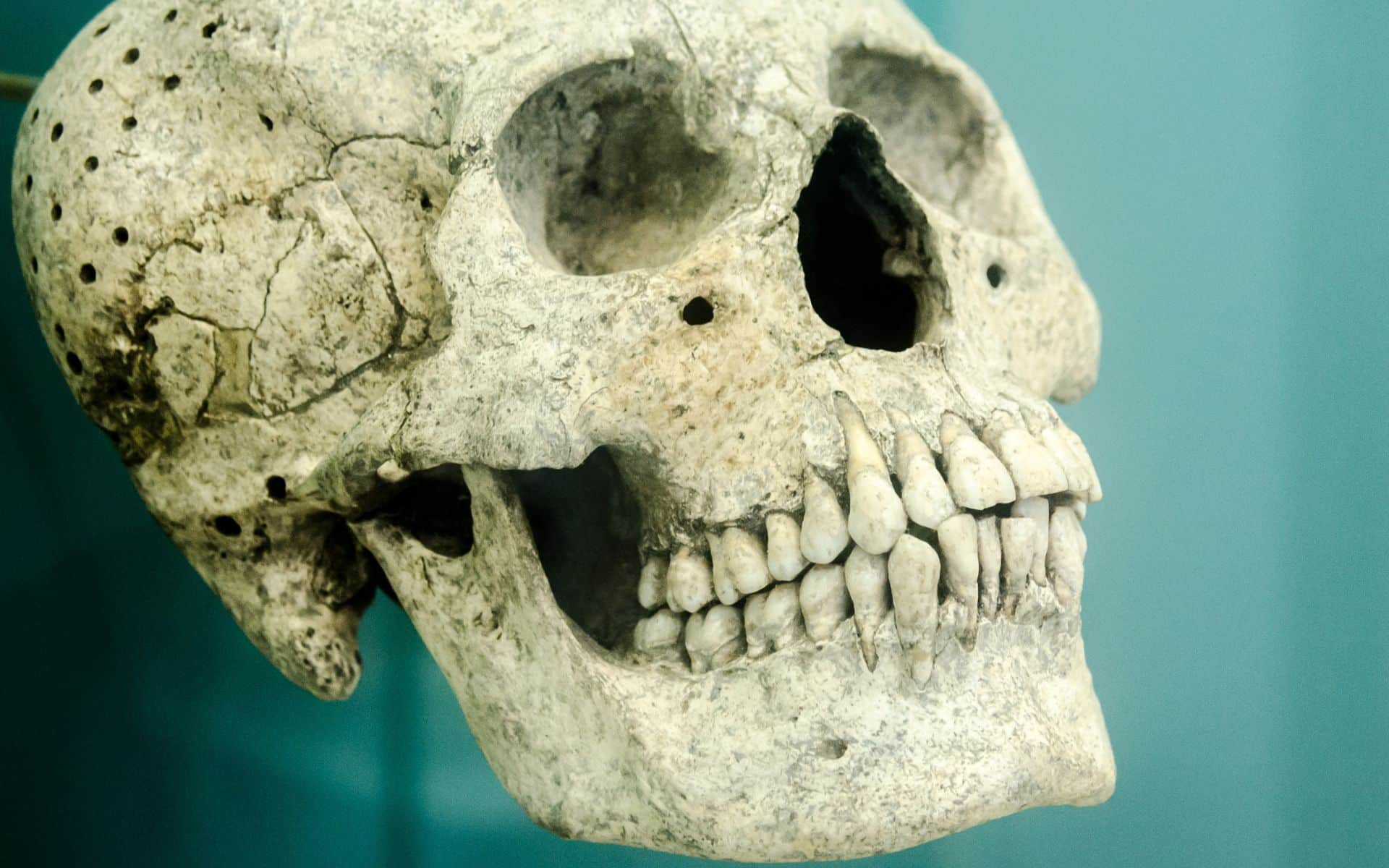How Grasses Shaped Our Ancestors' Teeth

The Evolutionary Shift in Hominin Diets
Millions of years ago, our ancient ancestors made a significant transition from forested environments to the open grasslands of Africa. This shift required them to adapt to new food sources, leading to the consumption of grasses and their underground parts, such as tubers and corms. This dietary change was not immediate but occurred over an extended period, with physical adaptations in hominin teeth lagging behind behavioral changes.
The Slow Evolution of Teeth
A study published in Science highlights that the transformation in the hominin diet—starting with above-ground grasses and eventually shifting to underground plant parts—was not immediately matched by changes in their teeth. It took over 700,000 years after hominins began consuming underground plant parts for their teeth to evolve into smaller, longer structures better suited for chewing these tough foods. This gap between behavior and physical adaptation is an example of what researchers call “behavioral drive,” where the ability to change behavior (such as dietary habits) propels physical changes in a species.
Luke Fannin, a study author and researcher at Dartmouth College, emphasized that hominins were highly flexible in their behavior, which gave them a significant advantage. This flexibility allowed them to survive and thrive in changing environments.
Unraveling the Mystery with Isotope Analysis
To better understand this process, researchers used carbon and oxygen isotope analysis on the teeth of hominins and other primates. These isotopes provided a direct record of the animals’ diet, helping scientists identify when hominins began relying on grasses and underground parts.
The isotopes revealed that hominins made this dietary shift around 3.8 million years ago, transitioning from fruits and flowers to grasses, and then later to underground plant parts around 2.3 million years ago. Despite these dietary changes, the hominins’ teeth did not immediately adapt. This delayed physical response raises fascinating questions about how quickly human ancestors could modify their physical traits to align with their new behaviors.
Nathaniel Dominy, another study author and professor at Dartmouth College, noted that anthropologists often assume behaviors based on morphological traits. However, these traits can take a long time—up to half a million years or more—to appear in the fossil record. He added that these chemical signatures are an unmistakable remnant of grass-eating, independent of morphology.
An Advantageous Shift
The switch to underground plant parts, such as tubers, bulbs, and corms, offered hominins a significant evolutionary advantage. These foods were nutrient-rich and available year-round, requiring less effort to obtain compared to above-ground grasses. Additionally, they faced little competition from other animals for these underground food sources, making them a valuable resource for survival.
Fannin stated that this shift to underground foods was a pivotal moment in human evolution. It created a consistent supply of carbohydrates that were available at any time of the year, allowing ancestors to feed themselves and others throughout the year.
Interestingly, while other primates shifted to grass consumption around 4.2 million to 3.4 million years ago, they did not make the same transition from above-ground to underground grasses. This key difference in dietary adaptation is one of the aspects that separates hominins from other primates, potentially playing a major role in their evolutionary success. It allowed them to access more abundant and nutrient-rich food sources year-round, contributing to their survival and development over time.
Dominy posed an essential question in anthropology: What did hominins do differently that other primates didn’t? He suggested that the ability to exploit grass tissues may have been their secret sauce, providing a crucial edge in their evolutionary journey.

Comments
Post a Comment